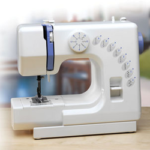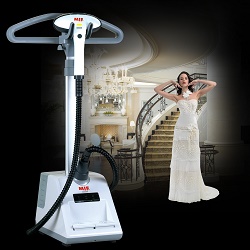Thread tension adjustment on a sewing machine
One of the main criteria for getting a straight and beautiful stitch when sewing is correctly adjusted thread tension in your sewing machine. Many people mistakenly believe that it is very difficult to understand the process of setting the tension and try to avoid self-intervention. In fact, having familiarized with the basic principles of regulation, adjust the optimal level of tension for everyone.
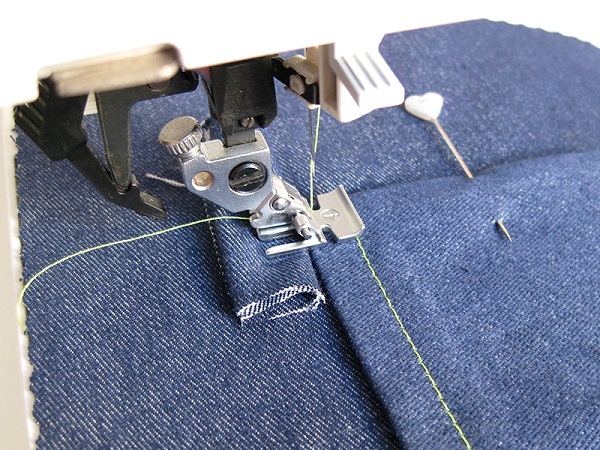
Content
General machine check
To really be sure that the stitch has an ugly appearance due to improperly adjusted thread tension, you need to check the following.
- The amount of yarn wound on the top and bottom spools should be the same. In addition, focus on matching the thickness of the thread and the needle used.The yarn should not have any damage on the entire surface.
- Serviceability of all working mechanisms. Ensure all working arrangements well lubricated, and their movements do not have sharp shocks and extraneous sounds.
- The correctness of dressing yarn. This item is especially important due to the fact that many housewives thread their threads incorrectly. Perform a refueling check with Operating Instructionswhere is the only correct way to refuel.
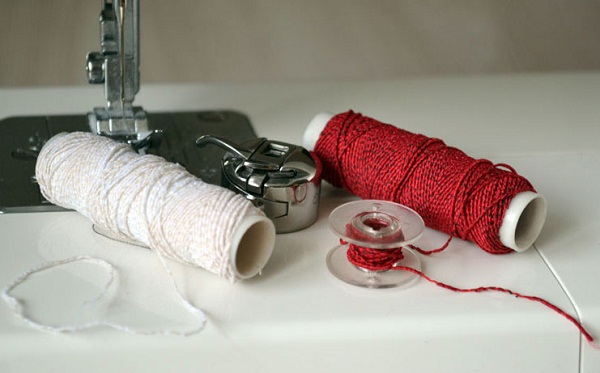
Check and adjust the tension of the upper thread
The tensioner of the upper thread is a rotating cylindrical mechanism, which can be located both on the upper part of the body and on the side.
Detailed information on the location of this mechanism can be found in the instruction manual of the sewing machine.
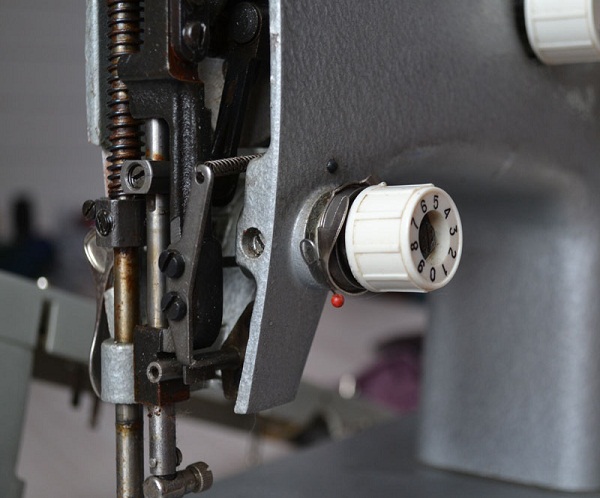
It should be borne in mind that it is possible to determine the optimal level of thread tension using trial sewing of several lines. An excellent result is a situation in which the line will have a smooth and neat appearance - it means that the thread is stretched correctly. If, when sewing the lines, you notice that the line pulls the plexus with the bottom thread onto the outer surface of the fabric, it means that the tension balance is shifted towards the upper yarn, and it should be loosened.The situation is similar with too little tension - the weave will be visible, but from the bottom of the fabric.
Depending on which of the above options characterizes your lines, it is necessary:
- increase tension;
- reduce tension.
Do not twist wheel adjuster too harsh. Gradually increase or decrease the degree of tension until the appearance of the stitch is consistent with the standard. If for some reason you cannot adjust the tension of the upper thread in the sewing machine, go to the next item.
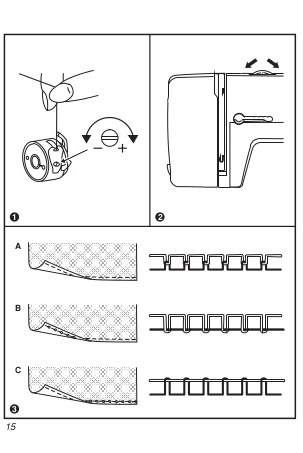
Check and tension the bottom thread
Responsible for the lower thread tension level shuttle mechanism. In order to determine the optimal tension of the lower yarn, you need to pull out the hook and hang it in the air, holding the thread from the bobbin at the tip. The ideal situation is when the shuttle drops no more than 2-3 centimeters, and stops the rotation of the bobbin.
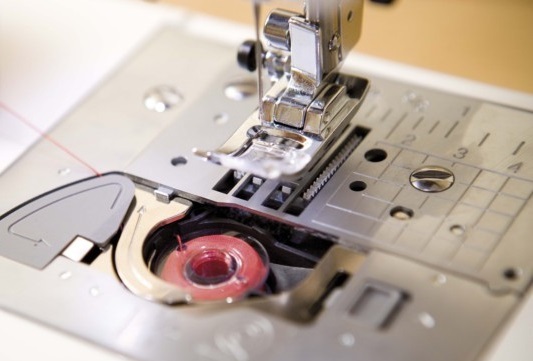
If the shuttle does not fall at all - the tension of the thread is too large. If it drops too easily, spinning the bobbin means that the tension is not enough. This parameter can be adjusted using special screw.
- Depending on whether you need to tighten the screw (increase) or loosen (reduce), turn it with a miniature screwdriver clockwise or against it.
- Make a trial line to make sure that the tension has reached the optimal level.
- Continue to tighten the adjuster screw until the stitch is neat and tidy.

Screw on the canoe
It’s worth starting the adjustment of the lower thread only after you have completed a test setup of the upper thread. In 95% of cases, when the line looks like a curve, the reason lies precisely in the upper thread.
For more convenient interpretation of results when sewing a line, use different color threadswhich should be contrasted both with each other and with the fabric used. This will help you determine exactly which yarn tension needs to be adjusted.
General recommendations
Please note that if you use the upper and lower thread different thickness, this may require additional settings for you tension. Ideally, the threads should be from one coil, or at least one type. The mismatch of needle size with the thickness of the thread used can also lead to uneven and curved stitches.
As well as the thread thickness set stitch length can significantly affect the quality of the finished product. Too small a size of this parameter can lead to frequent clogging of the fabric under the surface of the needle plate.
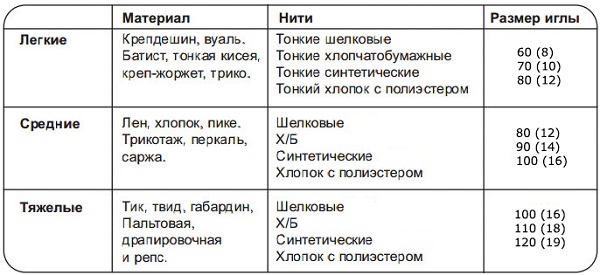
Matching table thread and needle
For successful work with the sewing machine, each hostess needs to know features of each type of threads.
- Polyester can be considered the most versatile material for the manufacture of sewing thread. It is very convenient in the process of sewing when solving problems of any complexity.
- Wool yarn is rather thick. It requires a special needle and a corresponding tensioning force.
- To work with denim materials required thick needle, which does not break when laying stitches.

/rating_off.png)






